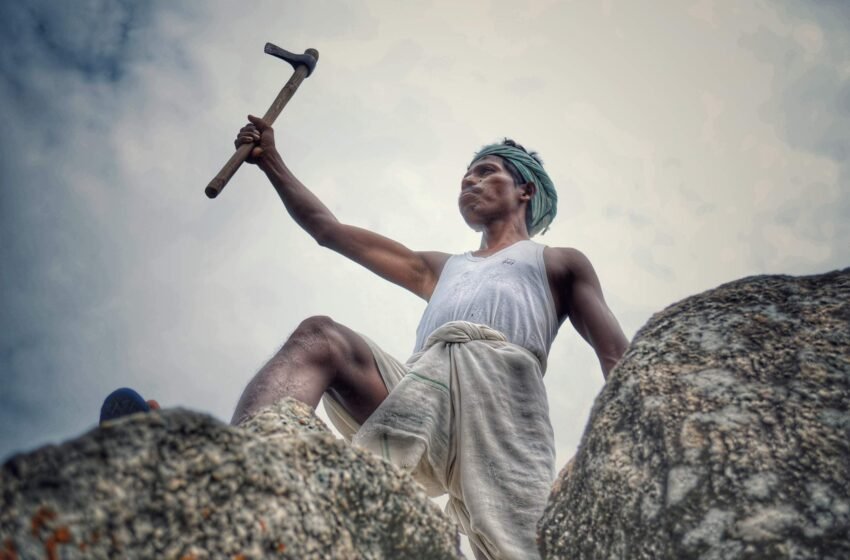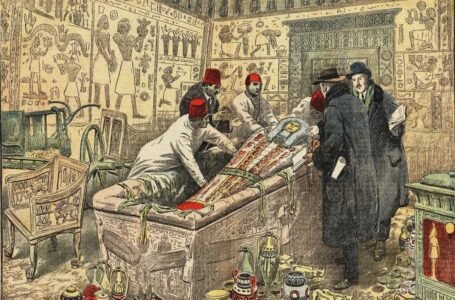The Munda People: Indigenous Governance and Community Life in Jharkhand

The Munda people, who are they? They are a distinct ethnic group who resides primarily in the south and east of the Chotanagpur plateau. It consists of region such as Jharkhand, Odisha and West Bengal in India. Their identity is closely tied to their language, which is known as Mundari. It belongs to an Austroasiatic language family which specifically falls under the Munda subgroup. Despite their concentrated presence in the chotanagpur region, this community can also be found in adjacent areas of Madhya Pradesh and even parts of Bangladesh, Nepal and the Indian state of Tripura.

What they are known for is their rich cultural heritage, as they are recognized as one of India’s largest scheduled tribes. It is a designation aimed at safeguarding their unique identity and addressing historical marginalization. Interestingly, in Tripura, they are referred to as Mura, it actually highlights the diversity within their own cultural identity and regional nuances that shape it. With the help of their traditions, language and resilience, the Munda community contribute to their vibrant tapestry of India’s cultural landscape, embodying a legacy that extends far beyond their geographical boundaries.

Talking about the term, Munda, it carries a significant cultural and historical connotation within the context of the Munda people. At its core, the term “Munda” refers to the headmen of a village in the traditional Munda-Manki system, which governs villages within this region. However, the origin and nuances of the term “Munda” reveal a complex interplay of linguistic, cultural and colonial influences. They refer to their community as “horoko” or “ho ko”, this translates to “men”. This self-identification underscores their collective identity as a distinct ethnic group within the larger cultural tapestry of India.

However, there are few scholars which includes, Robert Parkin who have noted that the term “Munda” is not indigenous to the Austroasiatic language family to which the Mundari language belongs. So where does it originally come from. The word has its origin from Sanskrit, it indicates a historical interaction and assimilation of the Sanskrit linguistic elements into the Mundari speaking communities. This further complicates the matter even more, R.R Prasad suggest that “Munde”, a Ho word which means headman, serves as the basis for the term Munda, that originated as an honorific title bestowed upon village leaders by Hindus, eventually evolving into a tribal name. this fact highlights the dynamic nature of cultural exchange and fluidity of identity formation within the Indian subcontinent, here the linguistic borrowings and cultural interactions have shaped the identities of various ethnic groups over time.

Infamous for their culture and traditions, the Munda community is primarily involved in agriculture, this agrarian lifestyle is vividly reflected in the celebration of their seasonal festivals that mark important agricultural milestones throughout the year. These festivals not only serve as occasions for religious worship but also as a social gathering where the communities eventually come together to celebrate their shared heritage and express gratitude to the deities for a bountiful harvest.

Let’s understand a few of their festivals, one of the most prominent festivals among the Munda people is the Mage Parab, in this festival they celebrate the onset of the sowing season. During Mage Parab, rituals and prayers are performed to invoke blessings for a successful planting season and to ensure fertile soil and favourable weather conditions. This festival is characterized by colourful rituals, traditional dances, and feasting, all of this contributes to the festive atmosphere.

Another significant festival is the Phagu. This marks the arrival of spring and flowering of crops. It is a time of joyous celebration, with communities coming together to sing, dance and engage in various cultural activities. This festival is also an opportunity for people to showcase their traditional attire and adornments, this adds to the vibrancy of the festivities. Central to these festivals is the worship of Singbonga, the deity which is revered by the Munda people as the supreme being and the creator of the universe. Singbonga is believed to be the guardian of the land and the source of fertility and abundance. Thus, rituals and offerings are made to seek his blessings for a fruitful harvest and overall well-being. Throughout these festivities, the Munda people continue to uphold their cultural heritage and pass down their rich traditions from generations to generations.
In their culture, they maintain clan exogamy, which means individuals must marry outside their clan, while the tribal endogamy ensures they marry within their tribal group. Here, monogamy is the prevalent form of marriage and bride price is commonly practiced. These customs and rituals that thy practice is integral to the social fabric of the community, it reinforces their further cultural identity and fosters a sense of belonging and continuity with their heritage. Through these practices, the Munda people preserve their traditions and values.

One of the most interesting things is their administrative systems, known as the Munda-Manki system. Under this system, each village was governed by a hierarchy of officials with specific roles and responsibilities. At the helm, was the Munda, who is the head of the village and someone who oversees its administration and decision making. To assist the Munda, they appointed the Dakuwa, who served as the village informant, relaying the important information to the community.
Further, the religious affairs were managed by the Pahaan, who was the village priest. He performed rituals and ceremonies to appease the deities and ensure the well-being of the community. The Pujhar, served as the assistant to the Pahaan, aiding to the religious duties and supporting the spiritual needs of the villagers. At the higher level of governance, the Manki presided over a cluster of villages. Typically, it comprises over 15-20 villages. He held an authority over a larger geographical area and played a crucial role mediating disputes, maintain order and representing the collective interests of the villages under their jurisdiction. To assist the Manki, a Tahsildar was appointed, who was responsible for collecting taxes and managing financial affairs within the Manki’s domain.

While this system was specific to the Munda community, there were other similar systems that existed among other tribal groups in the region. This system played a vital role in maintain social order, resolving conflicts and preserving cultural traditions within Munda society.
How interesting it was to witness the rich cultural heritage of the Munda people, from their traditional governing systems and intricate social customs to their vibrant festivals and religious practices. Their way of life and living reflects a deep connection to their land and heritage. Through their resilience and adaptability, they continue to preserve and celebrate their unique identity midst changing times, this further also contributes to the diverse tapestry of culture.


